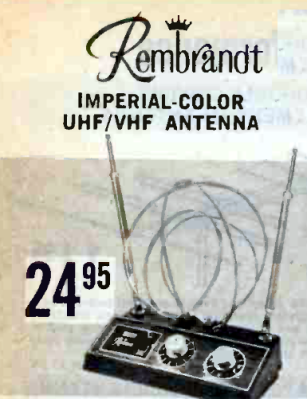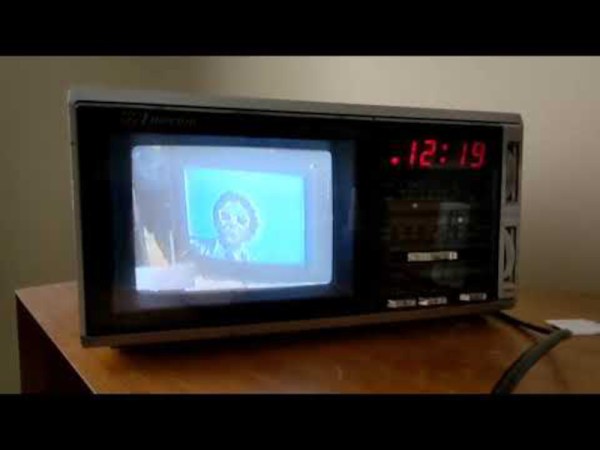Certain styles of photography or videography immediately evoke an era. Black-and-white movies of flappers in bob cuts put us right in the roaring 20s, while a soft-focused, pastel heavy image with men in suits with narrow ties immediately ties us to the 60s. Similarly, a film shot at home with a Super 8 camera, with its coarse grain, punchy colors, and low resolution brings up immediate nostalgia from the 80s. These cameras are not at all uncommon in the modern era, but the cartridges themselves are definitely a bottleneck. [Nico Rahardian Tangara] retrofitted one with some modern technology that still preserves that 80s look.
The camera he’s using here is a Canon 514XL-S that was purchased for only $5, which is a very common price point for these obsolete machines, especially since this one wasn’t working. He removed all of the internal components except for a few necessary for the camera to work as if it still was using film, like the trigger mechanism to allow the camera to record. In the place of tape he’s installed a Raspberry Pi Zero 2W and a Camera Module 3, so this camera can record in high definition while retaining those qualities that make it look as if it’s filmed on an analog medium four decades ago.
[Nico] reports that the camera does faithfully recreate this early era of home video, and we’d agree as well. He’s been using it to document his own family in the present day, but the results he’s getting immediately recall Super 8 home movies from the 80s and early 90s. Raspberry Pis are almost purpose-built for the task of bringing older camera technology into the modern era, and they’re not just limited to video cameras either. This project put one into an SLR camera from a similar era.
Continue reading “Super8 Camera Brought To The Modern World”



















